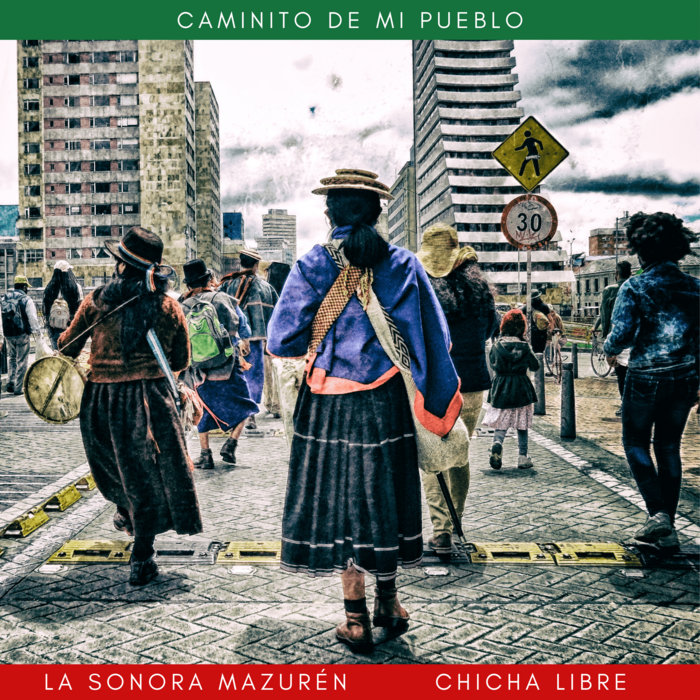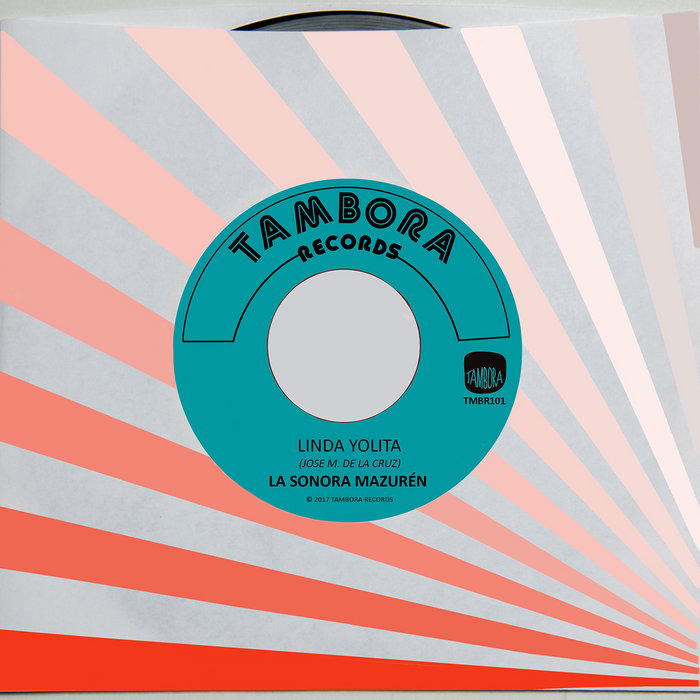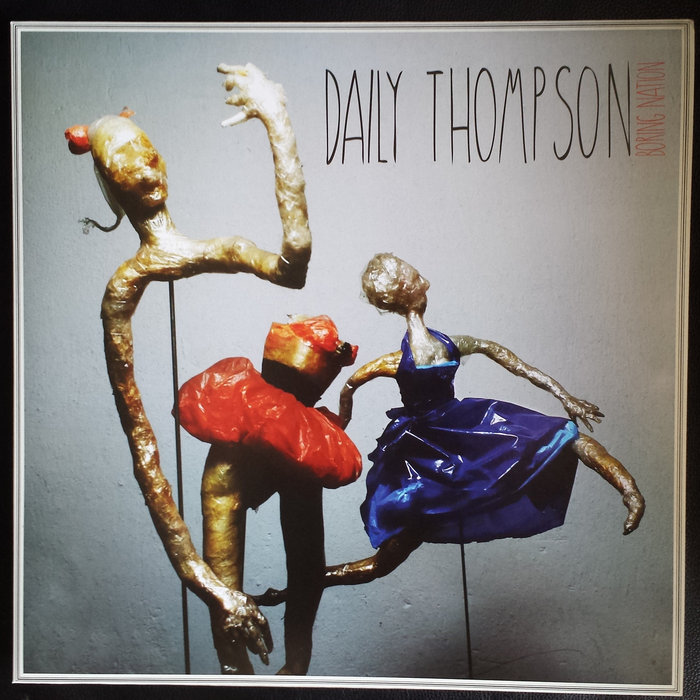
Caminito de mi pueblo – La Sonora Mazurén & Chicha Libre
this blog is GROOVY – check out great Soul, Funk, Jazz, Hip Hop, Bass, Breaks , Reggae, House n many more TUNES
Fuzz, baby! It’s one of the coolest sounds to ever hit the music scene, making guitar strings scream and speakers buzz in a way that’s downright hypnotic. You’ve probably heard it while jamming to rock classics or chilling out to psychedelic tunes. But where did this groovy sound come from? Buckle up as we take a funky ride through the history of fuzz!
The fuzz effect can trace its roots back to the early 60s, when some guitarists were on a quest for something different—a wild twist in their tone. Imagine musicians plugging into amps only to find they’d created an unintentional distortion; oh yeah, that “oops” moment gave birth to fuzz! The first recorded use was by Grady Martin, who played with the Nashville A-Team (a group of session musicians). He used an accidental distortion on “Don’t Worry” by Martin’s Band, paving the way for all things fuzzy.
But let’s give credit where it’s due! In 1965, folks really started taking notice when The Sonics released “Psycho.” That nasty little riff grabbed people’s attention and left them wondering about this crunchy new sound.
As demand grew for that sweet distorted vibe, pedal makers jumped right in. Enter the legendary Maestro FZ-1 Fuzz-Tone in 1962—the world’s first commercially available fuzz pedal. Keith Richards got his hands on one and took it straight into (I Can’t Get No) Satisfaction. Ever heard those opening chords? Yeah, that’s fuzz magic!
Did you know that after Richards recorded “Satisfaction,” he struggled to recreate that iconic tone live? He had so many people asking about his secret weapon that he jokingly said he used a tin can as a microphone!
The late ’60s saw bands like Cream and Jimi Hendrix Experience harnessing the power of fuzz pedals. Jimi took everyone by storm with his wildness—just look at tracks like “Purple Haze”! His signature sound became synonymous with experimentation.
Around this time, you also had bands like The Velvet Underground, whose use of distortion pushed boundaries even further. They embraced chaos showing how fuzz wasn’t just about sound—it was an attitude.
Speaking of attitudes—Hendrix once famously lit his guitar on fire during a performance at Woodstock while using heavy doses of fuzz! Little did he know those flames would become almost as iconic as his riffs… talk about turning up the heat!
As we moved into the ‘70s and ‘80s, fuzzy sounds started sneaking into other genres: punk rockers loved it (hello Ramones!) and funkadelic bands couldn’t get enough either—think George Clinton & Parliament-Funkadelic slapping down grooves laced with outrageous synth tones and always room for fuzzy guitars.
In fact, there’s nothing quite like hearing Bootsy Collins’ bass working alongside fuzzy effects—a match made in groove heaven!
There’s a legend that claims Bootsy Collins wore star-shaped sunglasses because he thought they made him look cool while playing funk bass lines under colorful disco lights… if only life came with more sparkle filters!
Fast forward till today—fuzz has resurfaced time after time like your favorite comfort food during bad TV marathons! Artists across genres—from garage rockers like The Black Keys to indie darlings such as Tame Impala have brought shimmering waves back onto our playlists. New companies keep innovating pedals bringing fresh flavors every season… but trust me—the classic ones never fade away completely!
Sometimes these modern-day artists create mad concoctions just mixing various stompboxes together—they call themselves “pedal nerds”. Tinkerers spend hours building custom setups; I mean who doesn’t want their own unique flavor?
And there you have it—the evolution journey from raw accidental distortions creating brand-new realms within music history all thanks largely due-to-fuzzy effects is phenomenal indeed.
Whether you’re rocking out electric blues or vibing through shoegaze dreamscapes—you can’t escape its enticing embrace! With each note soaked deeply within traditions & quirks alike good ol’ fashioned guitar tone will remain timeless forevermore…
So next time you crank up your favorite tune laden with sweet seductive fuzz remember—you’re partaking in centuries-old musical mayhem—and man oh man isn’t life fuller when lived via some groovy tones?
Keep strumming those strings tight friends; here’s hoping we see much more excitement ahead along this crunchy path down audio lane enjoying unabashedly loud vibes forever more:
Stay fuzzy ✌️🎸

Caminito de mi pueblo – La Sonora Mazurén & Chicha Libre

Linda Yolita – La Sonora Mazurén

High Horse – Daily Thompson

Kung Funghi – Kung Funghi